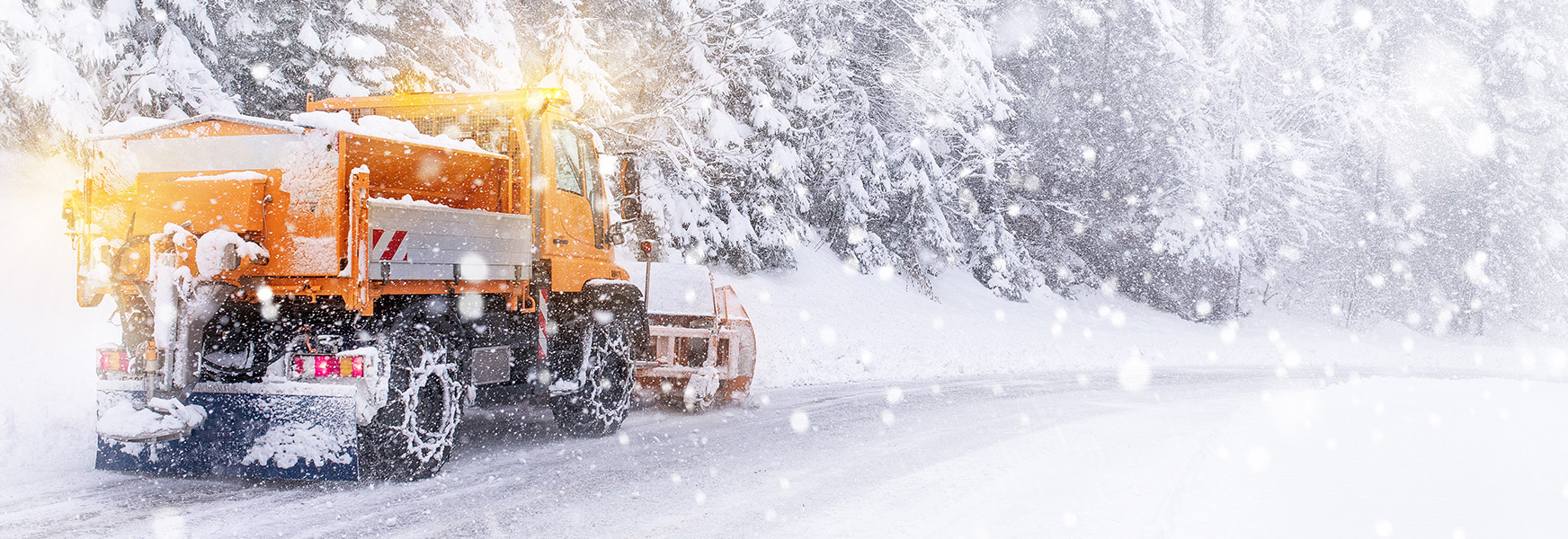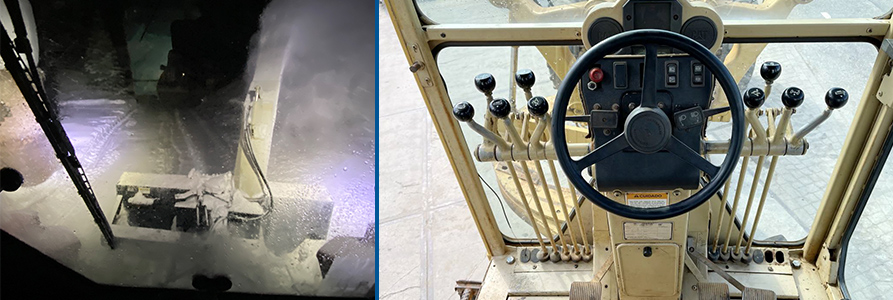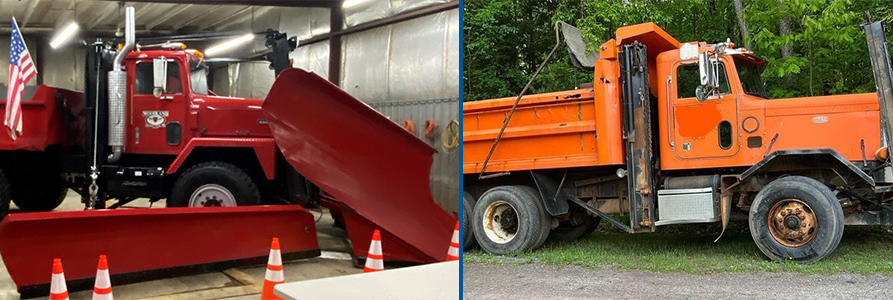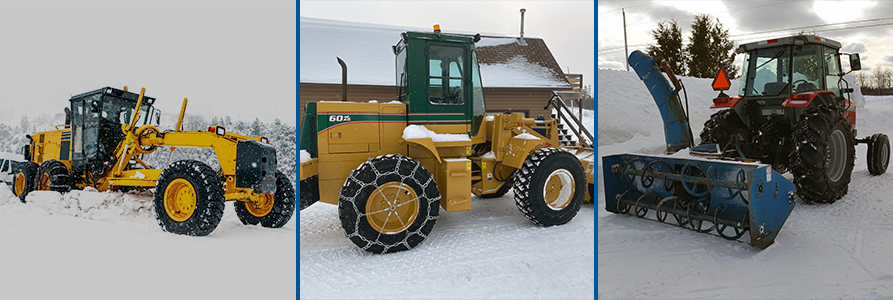Don’t Skate Around Snow Removal Equipment

Many hazards can be encountered on a winter commute. Slippery roads, frosted windows, drivers who don’t properly clean off their vehicle, snow removal equipment among the most notable. The first three can be managed with some planning and preventive measures but, for most of us reading this, the snow removal equipment is in the hands of someone else.
The majority of snow removal equipment is operated by skilled professionals. The operators are to their machines what Billy Joel is to a piano. They have multiple windows and mirrors to watch, controls to manipulate, and must adjust to constantly changing conditions. Plenty to do without trying to account for the unexpected actions of the average commuter.

Whether in a vehicle or on foot, there are measures we can take to mitigate the hazards created by the interaction of people and snow removal equipment. The first is to gain a better knowledge of different types of equipment and the hazards they may present. Let’s take a minute and look at a few.
First and foremost is the commercial plow truck. These mostly roam highways and can weigh 25,000 to 80,000 pounds. The most common hazard inherent to, but not necessarily created by, commercial plow trucks, is traffic impedance. We’ve all seen it: Traffic is bumper-to-bumper behind the plow and someone gets brave and pulls out to pass. That individual likely either ends up skidding out of control or creating a hazard for oncoming traffic. The reality is that the plow truck is best equipped for, and its driver most knowledgeable about, current road conditions. The rest of us shouldn’t be traveling faster than the plow, and the road will always be better behind it.

That said, we also shouldn’t drive directly behind the truck. Salt and sand being spread can ricochet into windshields, and the right snow conditions can create unexpected white-out conditions directly behind the plow. Flashing lights and blowing snow can obscure turn and brake lights, making it hard to predict where a truck is headed next.
A good rule of thumb? Estimate the distance needed to come to a complete stop in those conditions and stay at least that far behind the plow. Extra room is also needed at intersections, as the truck will need to make multiple passes, and the maneuvering to do so can seem extraordinarily slow. Don’t be tempted to sneak in behind or try to pull out of an intersection while a plow truck is obscuring your view.
Lots of municipalities are turning to heavy equipment such as graders, loaders, and farm tractors for snow removal in tight spaces. This type of equipment may seem slow, but it can change direction very quickly in tight spaces. These machines are also likely to have extraordinary amounts of extra lighting, making it hard to see anything beyond them in low-light conditions. If you’re in a vehicle, give this equipment a wide berth, and if you’re on foot, it is necessary to make sure the operator can see you if you are traveling near it.

Pedestrians are more likely to encounter sidewalk plows, skid steer loaders, and compact tractors. Any kind of snow-blowing apparatus attached to one of these machines can throw solid objects hundreds of miles an hour. NEVER walk through snow thrown by a blower. Sidewalk plows and skid steer loaders, though small, can still weigh more than 4 tons and can easily change direction unexpectedly. Winter operator enclosures may also reduce visibility. Be sure to keep your distance and take a minute to step out of the way.
Our snow removal professionals work hard to make our lives safer and more productive. Please slow down and give them the space they need to safely do their jobs.

